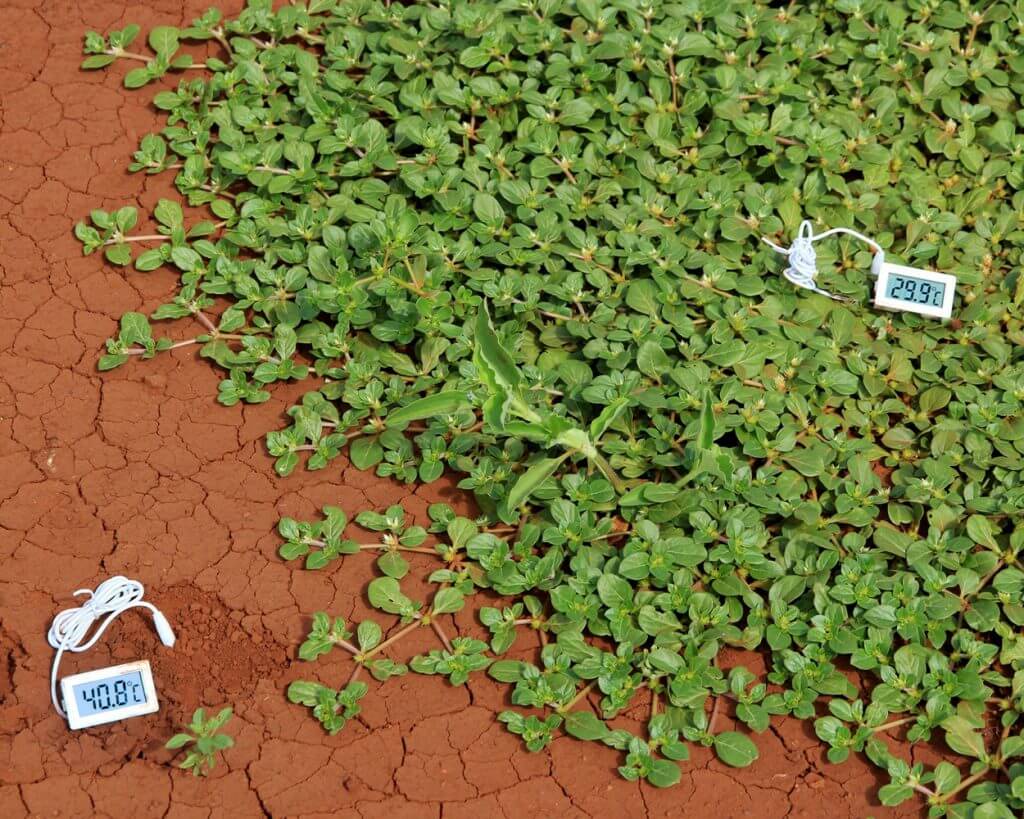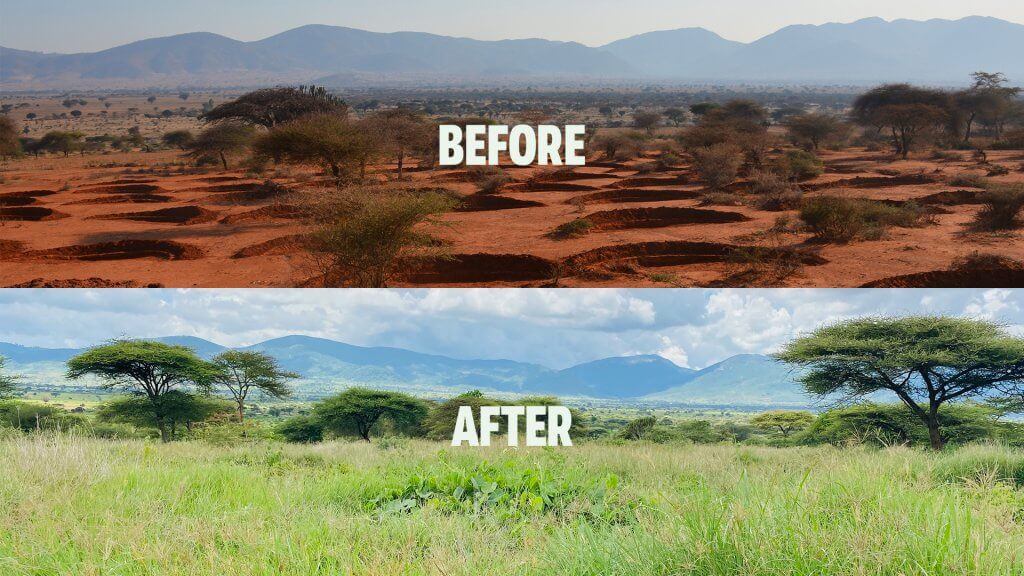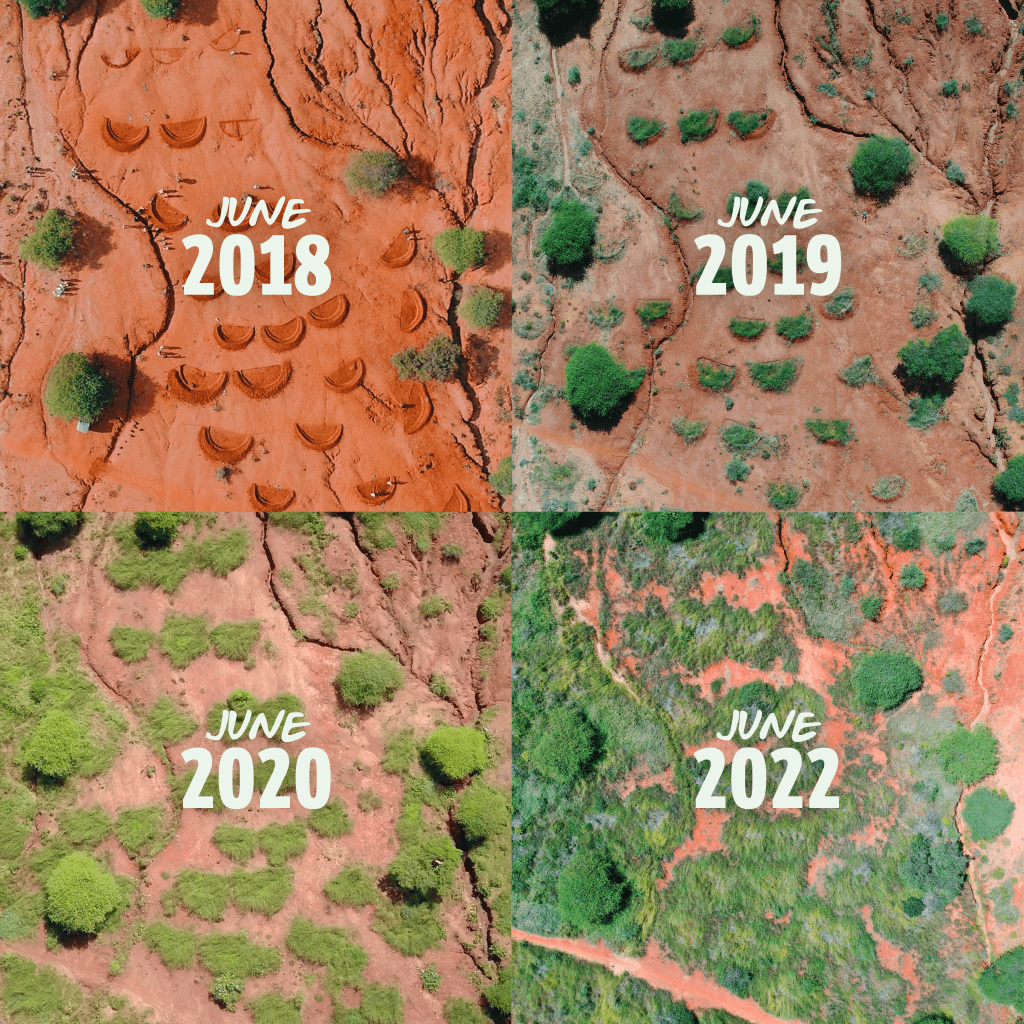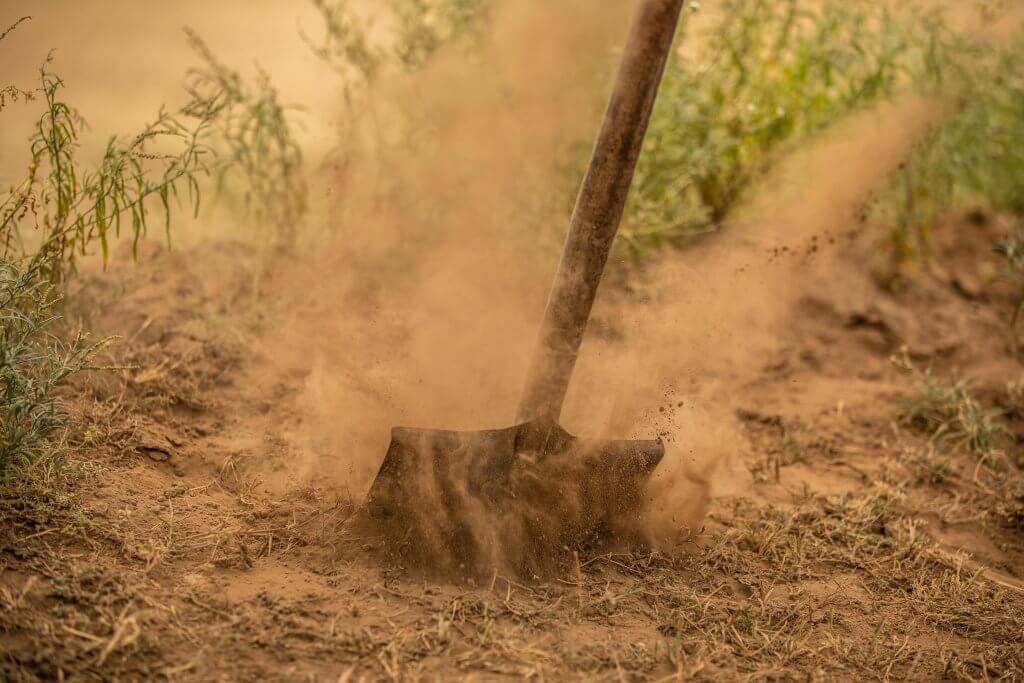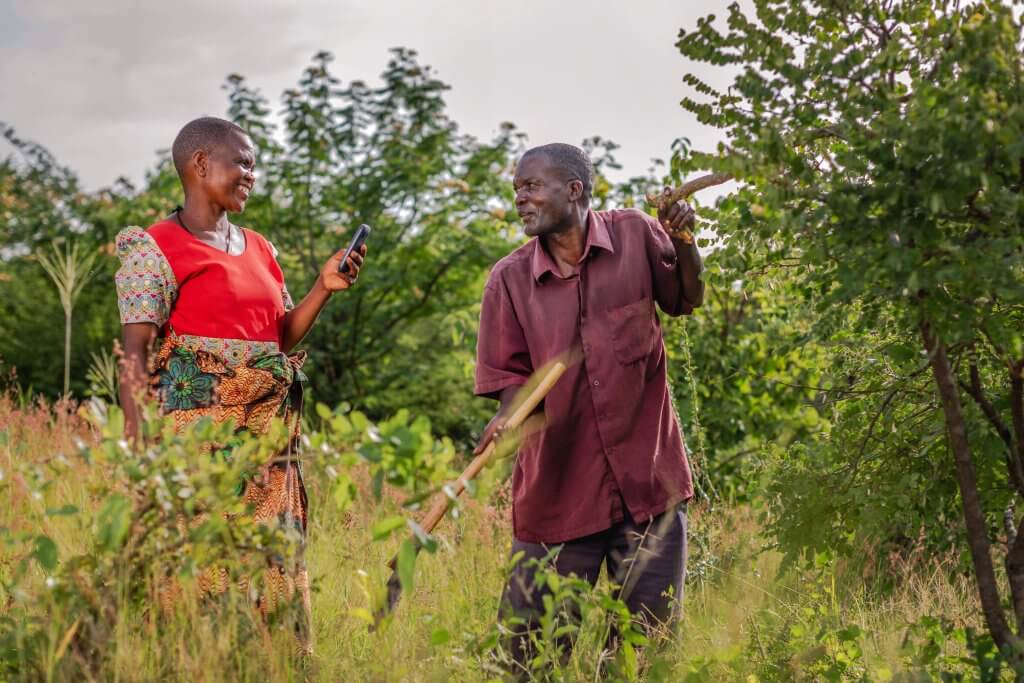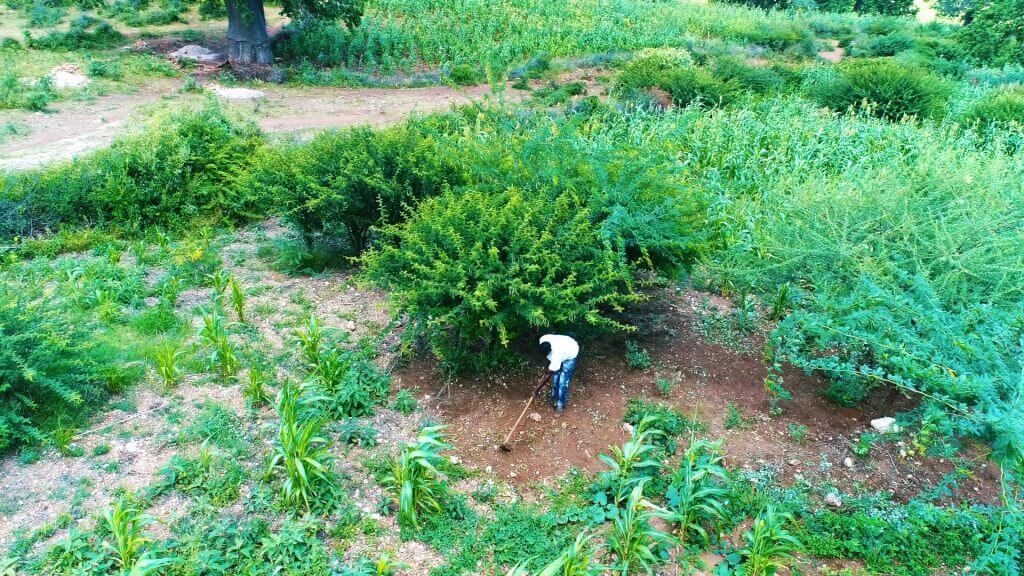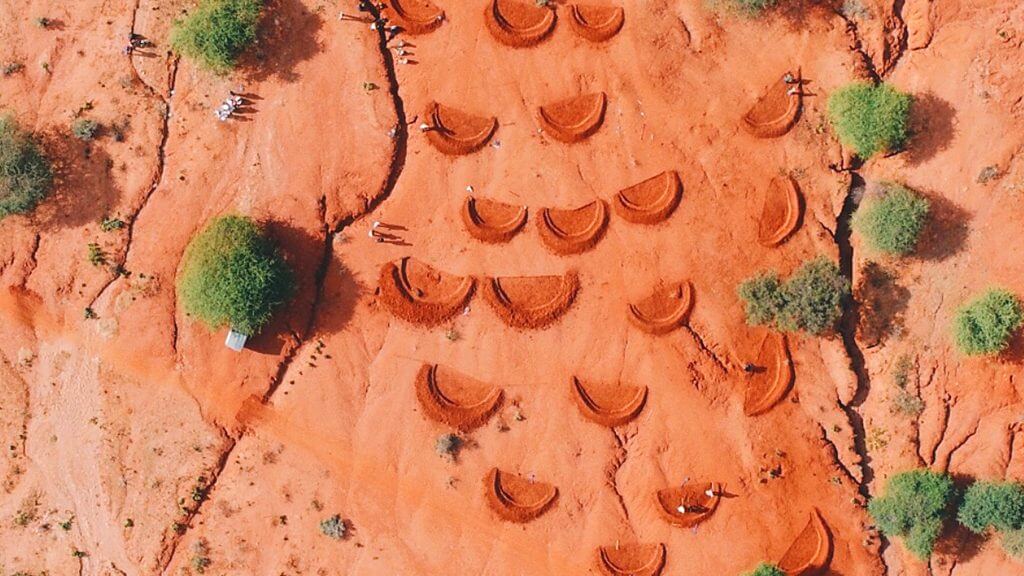Regreening Programs
Our regreening programs ran on the ground in Africa use traditional scalable and easy-to-apply landscape restoration techniques. In order to further spread these techniques and scale up within our programs, we use media, data, technology and communications.
Together with communities and local partners, designated areas are regreened in a quick, sustainable way. This improves livelihoods, and positively impacts biodiversity and climate change. At the same time, these programs are where new ideas and innovations are tested and evaluated.
